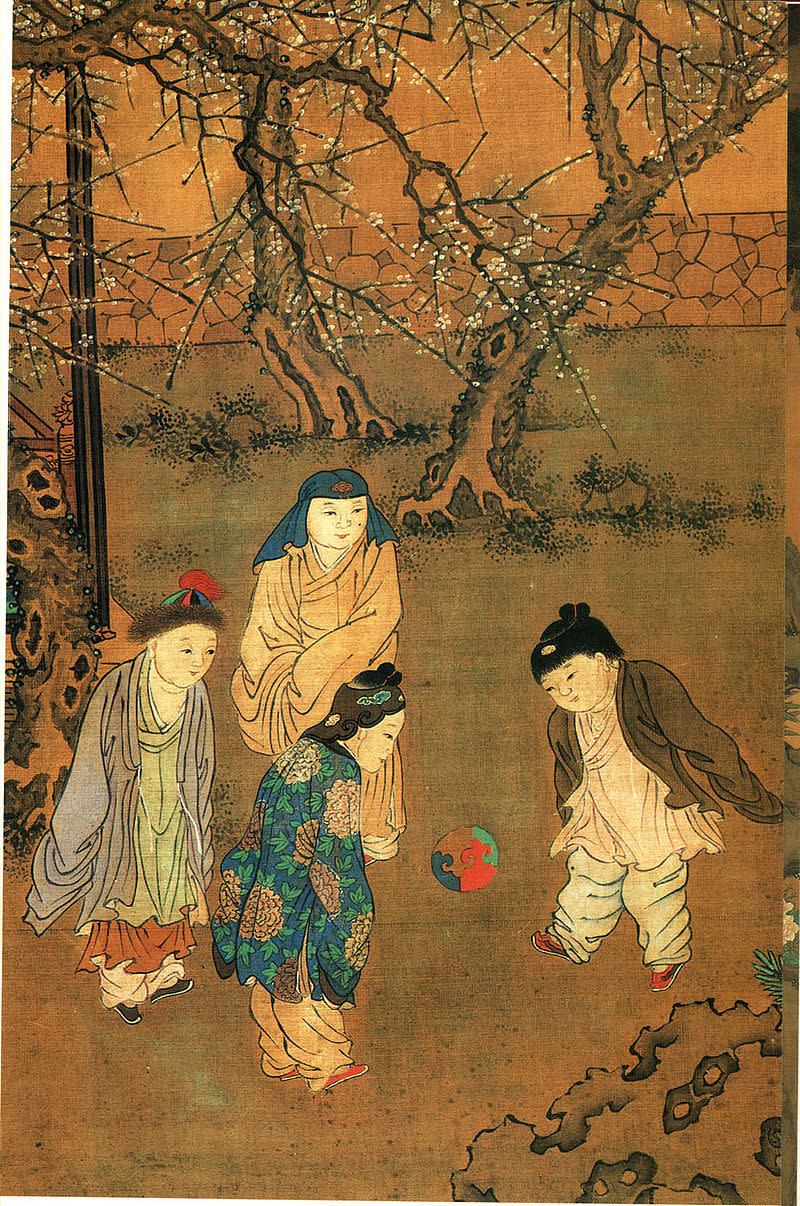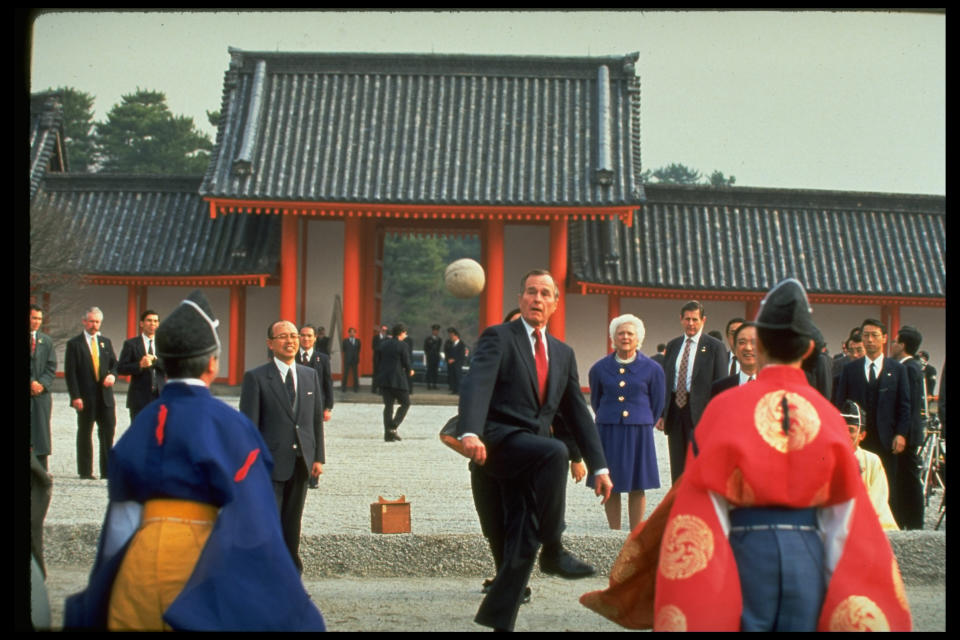Making the game beautiful: The footballing pioneer you've never heard of

#1 THE ANCIENT HISTORY (PRE-1860s)
When surveying the chequered landscape of “the Beautiful Game”, the name Ebenezer Cobb Morley doesn’t roll quite so majestically off the tongue as Pele, Puskas, Rivellino, Ronaldo, Beckenbauer or Best. But there’s a genuine case to suggest that this lost in time, black and white English gentleman is among the most influential figures to grace the fields or boardrooms of what is by some margin the world’s most popular sport.

Because it’s Morley we have to thank, if that’s the right word, for the establishment of the first Football Association in 1863. It seems conceivable old Ebenezer is actually still sat around the table with the other stiffs at the perennially out of touch English institution and that no one has noticed he passed away almost 100 years ago. They’re too busy puzzling over the transition from Betamax to VAR.
Significantly, Morley also established the laws of the game as we now understand them, setting off a global chain reaction which arguably reached its end of days (in this transfer window anyway) with Neymar’s obscene transfer to PSG. But although this is when the modern version of the sport was born, there is considerable evidence of its alternative, earlier roots. You think we invented football? Sorry, Stan. That was China.
@StanCollymore Football was invented in the UK.
Myth.
Played in China 2nd or 3rd century.— Hammackunt⭐️⭐️ (@HamsAtwit) February 15, 2016
In fact, there are four forms of football officially recognised by FIFA as direct antecedents. The first, cuju, originated in the Far East around the second and third centuries BC and, according to a military manual, was used to prepare soldiers for battle. Participants, which included the royal family during the Han Dynasty, kicked a leather ball filled with feathers and hair towards a net held in place by bamboo canes. Artwork from the period depicts a fairly dainty activity, with a colourful ball confusingly unadorned by the Nike Swoosh.

The landmark history of cuju, which is pronounced tsoo-joo and translates as “kickball”, is commemorated at the Linzi Football Museum in China but it’s not just FIFA who recognise this legacy. During President Xi Jinping’s 2015 trip to the UK, he visited the National Football Museum. Director Kevin Moore told Xi and then Prime Minister David Cameron: “While England is the birthplace of the modern game as we know it, we have always acknowledged that the origins of the game lie in China.”
Perhaps, then, we should feel less indignant about the millions of dollars that have flooded the modern Chinese game, robbing us of such footballing greats as Yakubu and AVB? Maybe Japan will be next? Obviously they tried for world domination once before, only to see their bid thwarted by Gary Linekar’s broken toe/crippling crisp addiction. In fact, Japanese kemari is another example of ancient football worth noting, dating back to 644 AD. The game, which is still played in Shinto shrines, sees players dressed in traditional robes wearing special leather shoes kick around a deerskin ball stuffed with barley grains, ensuring it doesn’t fall to the floor.
Seemingly either unable or unwilling to reconcile these historic and distinctive characteristics from the version of football played back home, President George H. W. Bush was an unseemly participant on a 1992 state visit to Japan. “As cameras whirred, Mr. Bush leapt into the circle of astonished men, attacking the horsehair-stuffed ball with obvious relish in soccer style, giving it several bounces off his head. Not until he was told that that was not allowed under the rules did Mr. Bush relent, and he shortly left, saying to no one in particular, ‘We won’,” reported the New York Times.

As if inventing maps, the Olympics and democracy wasn’t enough, the Greeks can also claim to have a stake in the development of modern football. Episkyros was a ball game played by teams of 12 to 14 players, where the use of the hands was permitted. A depiction can be seen on a vase displayed at the National Archaeological Museum in Athens, an image reproduced on the European Cup trophy. Notably violent, it is said to have inspired the last of FIFA’s four authentic inspirations for football: Harpastum.
Considered by some the original extreme sport, this is a game like no other, which still takes place annually in the Italian city of Florence under the name calcio storico. To take part, players must first undergo a savage, almost Frankensteinian transformation that is rather more Duncan Ferguson than Rio Ferdinand: From Duncan to disorderly. The mindset seems to be “let’s have a fight while some form of primal ball game continues around us” and yet, being the home of the Renaissance, everything is dressed up in decadent artistic ceremony, colour and flair, as the fists, blood, assorted body parts and all common sense fly out the window.
Florence’s Barbaric Version of Soccer Is the Original Extreme Sport from Vocativ on Vimeo.
“It evokes the meeting point of the Middle Ages and the Renaissance. Toughness, chivalry and pride in showing you belong to the city of Florence,” explains sporting director Luciano Artusi. The rules were established in 1580 by Giovanni de’Bardi and the sport has survived multiple controversies, including a competitor having their ear bitten off and a full-on riot at July’s event, when a player punched the referee. Bardi stipulated that players must be “gentlemen from 18 years of age to 45, beautiful and vigorous, of gallant bearing and of good report.” Truly, this is “the beautiful game”.
NEXT WEEK: THE MODERN HISTORY (POST-1860s)

 Yahoo Sport
Yahoo Sport 






































